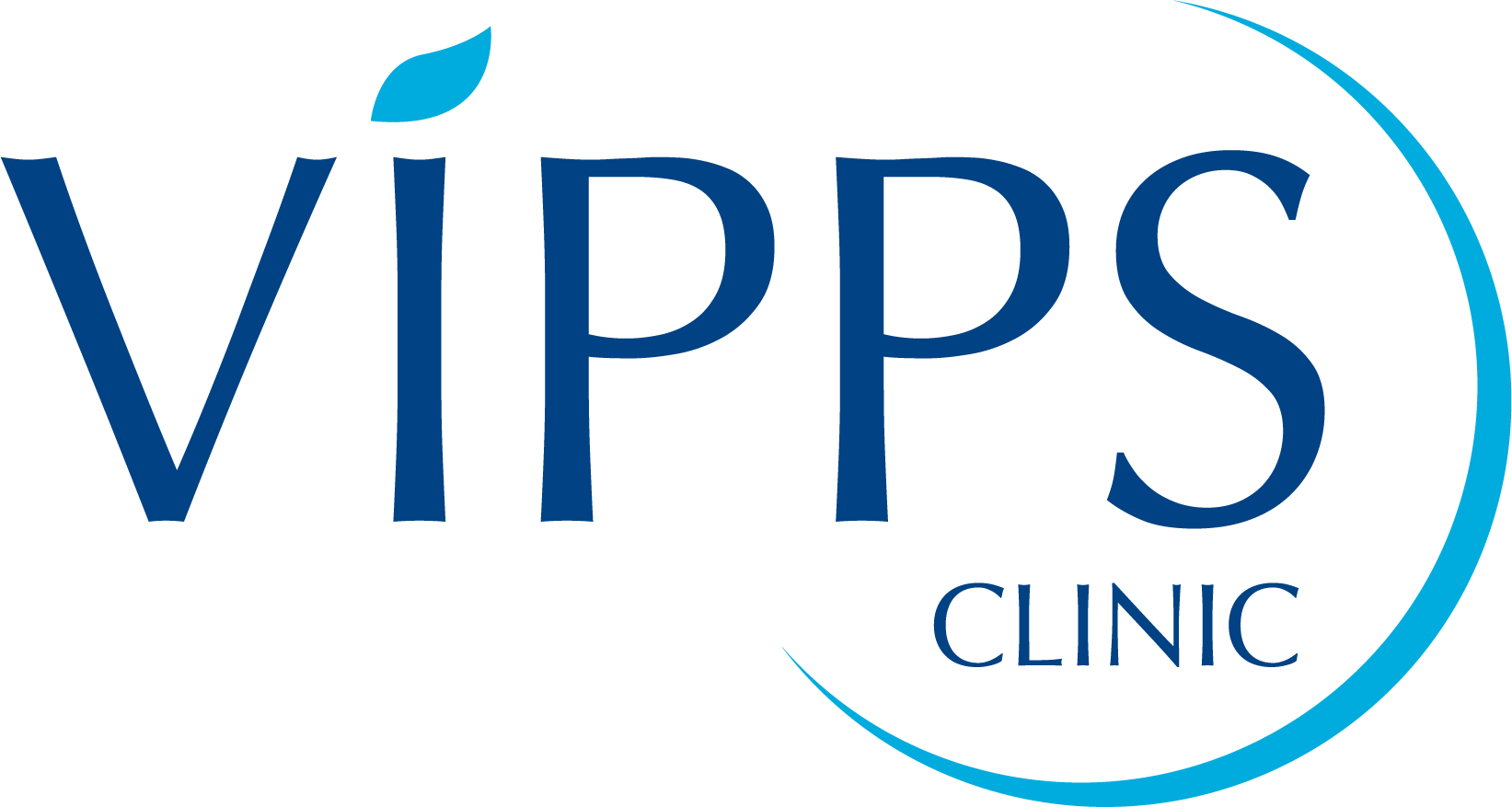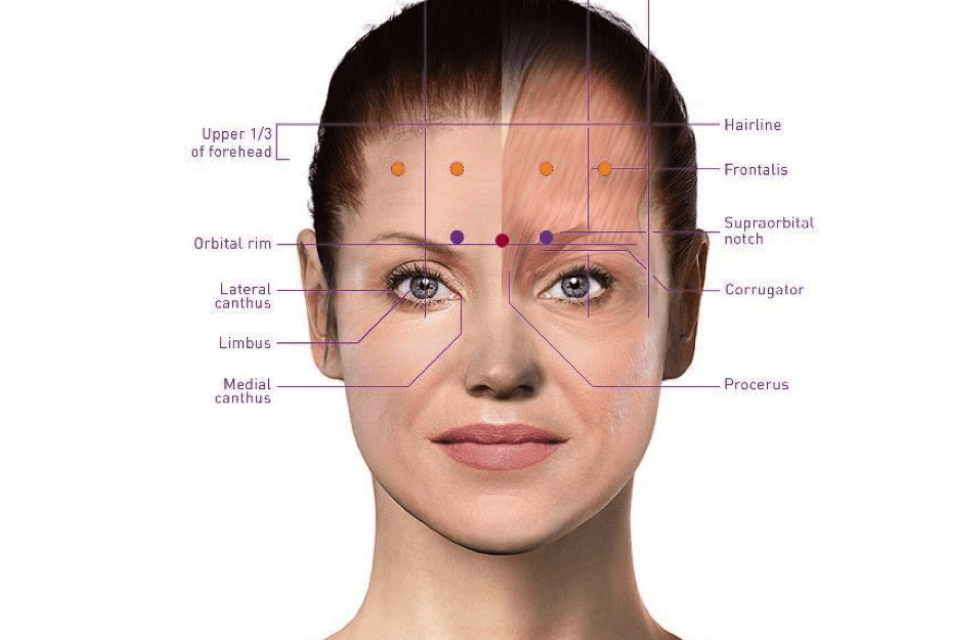BTA/Botulinum type A
Blepharospasm is a dysfunction of the eyelids showing as involuntary eyelid closure due to spasmodic contractions of eye muscles. Other facial and neck muscles are also frequently involved. It often begins late in life with the severity ranging from repeated frequent blinking of both eyelids to persistent forceful closure and functional blindness. The treatment has included surgery, psychological approaches, biofeedback and drugs. Botulinum toxin type A (BTA) is the current treatment. No randomised controlled trials with sufficient numbers of patients fitted the review criteria. Trials identified found BTA to be superior to placebo as did large case-control and cohort studies, with around 90% of patients benefiting. The most common adverse effects affected the eyes and were short-lived.


